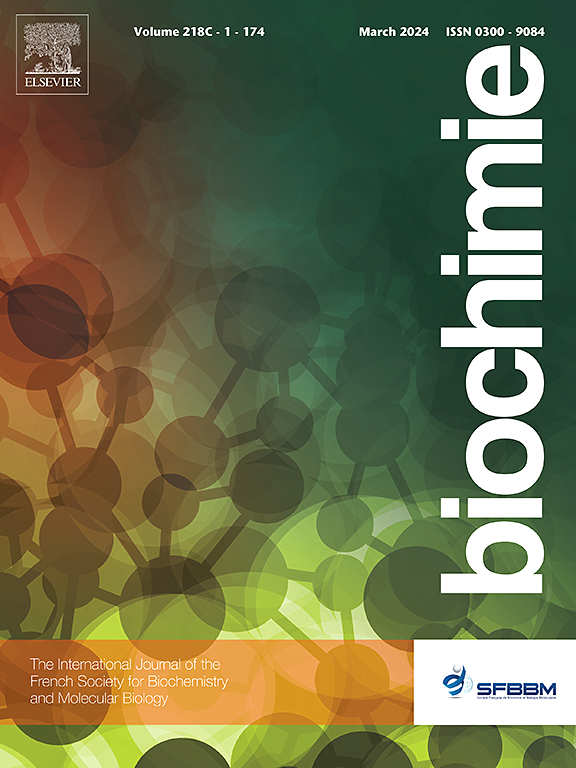Luminescence-based complementation assay to assess target engagement and cell permeability of glycolate oxidase (HAO1) inhibitors
IF 3
3区 生物学
Q2 BIOCHEMISTRY & MOLECULAR BIOLOGY
引用次数: 0
Abstract
Glycolate oxidase (HAO1) catalyses the synthesis of glyoxylate, a common metabolic intermediate that causes renal failure if accumulated. HAO1 inhibition is an emerging treatment for primary hyperoxaluria, a rare disorder of glyoxylate metabolism. Here we report the first cell-based measurement of inhibitor uptake and engagement with HAO1, by adapting the cellular thermal shift assay (CETSA) based on Nano luciferase complementation and luminescence readout. By profiling the interaction between HAO1 and four well-characterised inhibitors in intact and lysed HEK293T cells, we showed that our CETSA method differentiates between low-permeability/high-engagement and high-permeability/low-engagement ligands and is able to rank HAO1 inhibitors in line with both recombinant protein methods and previously reported indirect cellular assays. Our methodology addresses the unmet need for a robust, sensitive, and scalable cellular assay to guide HAO1 inhibitor development and, in broader terms, can be rapidly adapted for other targets to simultaneously monitor compound affinity and cellular permeability.

基于荧光的互补测定法,用于评估乙醇酸氧化酶(HAO1)抑制剂的靶参与性和细胞渗透性。
乙醛酸氧化酶(HAO1)能催化乙醛酸盐的合成,乙醛酸盐是一种常见的代谢中间产物,一旦积累就会导致肾功能衰竭。抑制 HAO1 是治疗原发性高草酸尿症(一种罕见的乙醛酸代谢紊乱)的新兴疗法。在此,我们报告了基于纳米荧光素酶互补和发光读数的细胞热转移分析法(CETSA),首次以细胞为基础测量了抑制剂的吸收和与 HAO1 的相互作用。通过分析 HAO1 与四种特性明确的抑制剂在完整和裂解的 HEK293T 细胞中的相互作用,我们发现我们的 CETSA 方法能区分低渗透性/高参与性和高渗透性/低参与性配体,并能对 HAO1 抑制剂进行分级,这与重组蛋白方法和之前报道的间接细胞检测方法一致。我们的方法满足了对一种稳健、灵敏、可扩展的细胞检测方法的未满足需求,以指导 HAO1 抑制剂的开发。
本文章由计算机程序翻译,如有差异,请以英文原文为准。
求助全文
约1分钟内获得全文
求助全文
来源期刊

Biochimie
生物-生化与分子生物学
CiteScore
7.20
自引率
2.60%
发文量
219
审稿时长
40 days
期刊介绍:
Biochimie publishes original research articles, short communications, review articles, graphical reviews, mini-reviews, and hypotheses in the broad areas of biology, including biochemistry, enzymology, molecular and cell biology, metabolic regulation, genetics, immunology, microbiology, structural biology, genomics, proteomics, and molecular mechanisms of disease. Biochimie publishes exclusively in English.
Articles are subject to peer review, and must satisfy the requirements of originality, high scientific integrity and general interest to a broad range of readers. Submissions that are judged to be of sound scientific and technical quality but do not fully satisfy the requirements for publication in Biochimie may benefit from a transfer service to a more suitable journal within the same subject area.
 求助内容:
求助内容: 应助结果提醒方式:
应助结果提醒方式:


